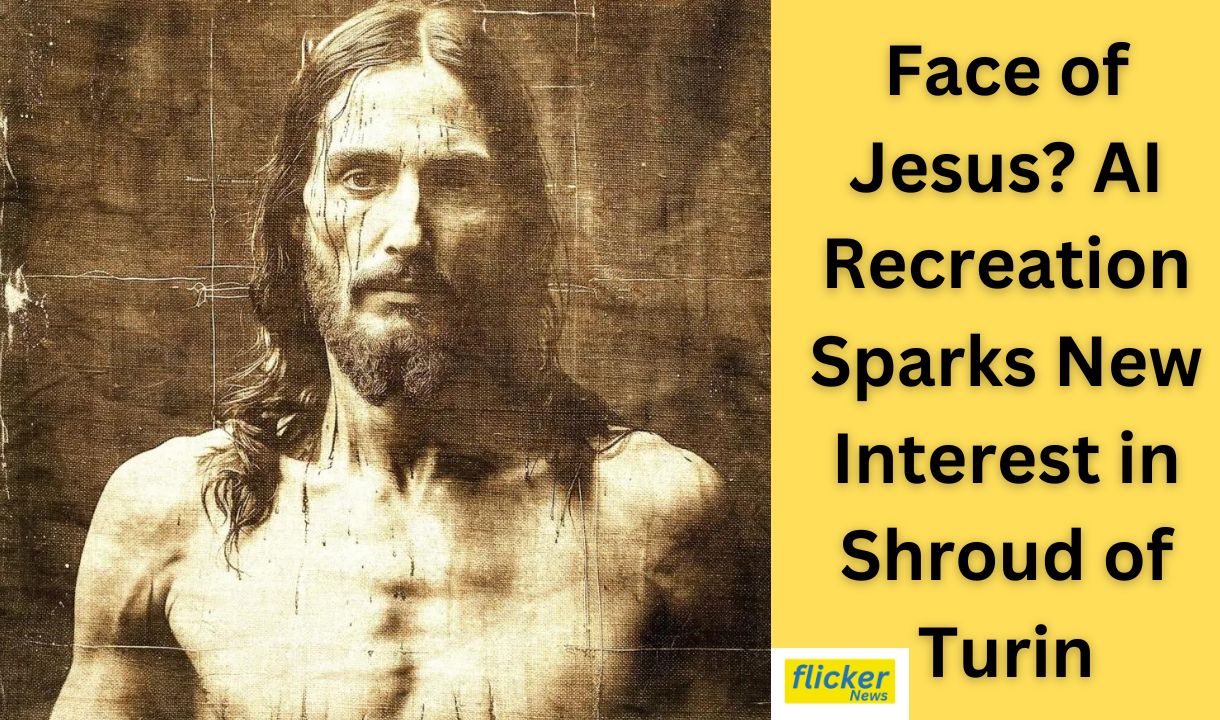Recent advancements in artificial intelligence have led to the creation of what is believed to be the face of Jesus Christ, based on the enigmatic Shroud of Turin. This 14-foot linen cloth, thought by some to have wrapped Jesus after his crucifixion, has been the subject of ongoing debate regarding its authenticity and origins.
AI Recreation of Jesus’ Face
Using the AI imaging tool Midjourney, researchers have generated images depicting a man with long hair and a beard, consistent with traditional portrayals of Jesus. These AI-generated images also display signs of injury, such as cuts and bruises, reflecting the suffering associated with crucifixion.
The Shroud of Turin
The Shroud of Turin features a faint image of a bearded man, which many believe to be the imprint of Jesus’ body. Although earlier carbon dating suggested it originated between 1260 and 1390 AD, leading many to dismiss it as a medieval forgery, recent research by Dr. Liberato de Caro at Italy’s Institute of Crystallography has used Wide-Angle X-ray Scattering (WAXS) to analyze the shroud. His findings suggest that the fabric may resemble ancient linens from the time of Jesus, potentially dating back to the first century.
Ongoing Debate
The authenticity of the Shroud remains a contentious issue. Skeptics argue it is a medieval creation, while proponents point to new scientific evidence supporting its ancient origins. The presence of pollen grains from plants native to the Middle East embedded in the linen supports the theory that it originated in that region rather than Europe.
Despite the lack of definitive proof, the Shroud of Turin continues to be a significant symbol of faith and mystery, capturing the attention of both believers and researchers.




